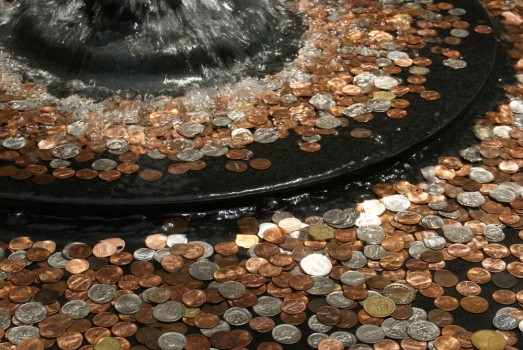I’ve started looking into starting an RRSP account and have been hearing some conflicting information, so I have a couple of questions:
- I looked at my Notice of Assessment and both ‘RRSP deduction limit’ and ‘RRSP contribution room’ amounts are an identical number – let’s call it $50k for this example – presumably because I’ve never contributed to an RRSP before. Does this mean I can contribute $50k in one shot this year to max it out? Or are there any other contribution limits I should be aware of in this scenario?
- Similar to previous question, if I contribute that 50k, could I deduct it fully during tax season? So if I have a hypothetical 50k salary, my 50k contribution deduction effectively removes my income tax since I’d have a net income of $0? Or are there any other deduction limits I should be aware of in this scenario?
- Is it recommended to max out an RRSP right away? Or should I be strategic enough to lower my income level to a better tax bracket for several years?
All good questions. Welcome to the wonderful world of investing in registered retirement savings plans (RRSPs)!
- Yes, you can put as much money as you want to into your RRSP at one time, up to your RRSP contribution limit. Every year your RRSP contribution room is calculated and grows. It is (roughly speaking) the combination of any previous contribution room you had, plus 18% of your income for the previous year.
If you have accumulated $50,000 of RRSP contribution room over the years, you can deposit that much into your account whenever you want, whether it’s one lump sum or split over a period of months. Any room you don’t use this year will be available to you the next year.
- Yes, if your RRSP contribution room is $50k and you made $50k in income this year, you could contribute $50k into your RRSP and, for tax purposes, it would be as though you made no income. On your taxes, your income minus RRSP deductions would leave you being taxed on $0 of your income.
While you can do this, you might want to spread out your RRSP contributions a bit if your intention is to save you money at tax time. You might have other deductions, for example, which would mean you wouldn’t need to use as much of your RRSP. Plus, everyone gets a basic personal income amount which is not subject to income tax – currently about $13,000.
This means if you made $50,000 you already get to claim $13,000 of it tax-free. Then you’d only need to deposit $37,000 into your RRSP to effectively make your taxable income $0. You could save the rest of your RRSP contribution room (the remaining $13,000) for the next tax year.
- As to whether to put the maximum amount into your RRSP now or spread it out over multiple years, there are a few factors to balance in this situation. On the one hand you could pretty much wipe out your income tax for this year, which would be great. On the other hand, you probably won’t get nearly as good a tax break the next year because your RRSP contributions would be limited to 18% of what you make this year. From this point of view it probably makes sense to spread out your contributions over a few years
Another factor is how much of an emergency fund you have left in your savings account. If you have $50,000 in your savings and you have $50,000 of RRSP contribution room, you could max out your RRSP account this year. But then you’d have no savings left and withdrawing from your RRSP to handle an emergency would carry a tax penalty. You should probably keep at least three month’s worth of savings in your bank account and only contribute any funds beyond that into your RRSP.
A third consideration is getting more money into investments early is usually the best way to get good returns on your investments. Contributing $10,000 into an investment this year will yield larger gains than contributing $1,000 each year for ten years.
These are the things you’ll need to balance – keeping money in your savings account versus investments, getting more money into the market versus getting a tax break each year over several years, getting a big tax break now versus several smaller ones. In my opinion there is no one right answer because there is a level of personal comfort along with budgeting priorities involved. I will say though that one tool which I find useful in making these decisions is a income tax calculator. You can use it to put in your income, deductions, and RRSP contributions for the year. Then adjust the numbers to see how much of a benefit you get with different amounts invested.
You can learn more about RRSPs, how they work, contribution limits, and how to get started contributing by visiting the Canada Revenue Agency website.

Comments are closed, but trackbacks and pingbacks are open.